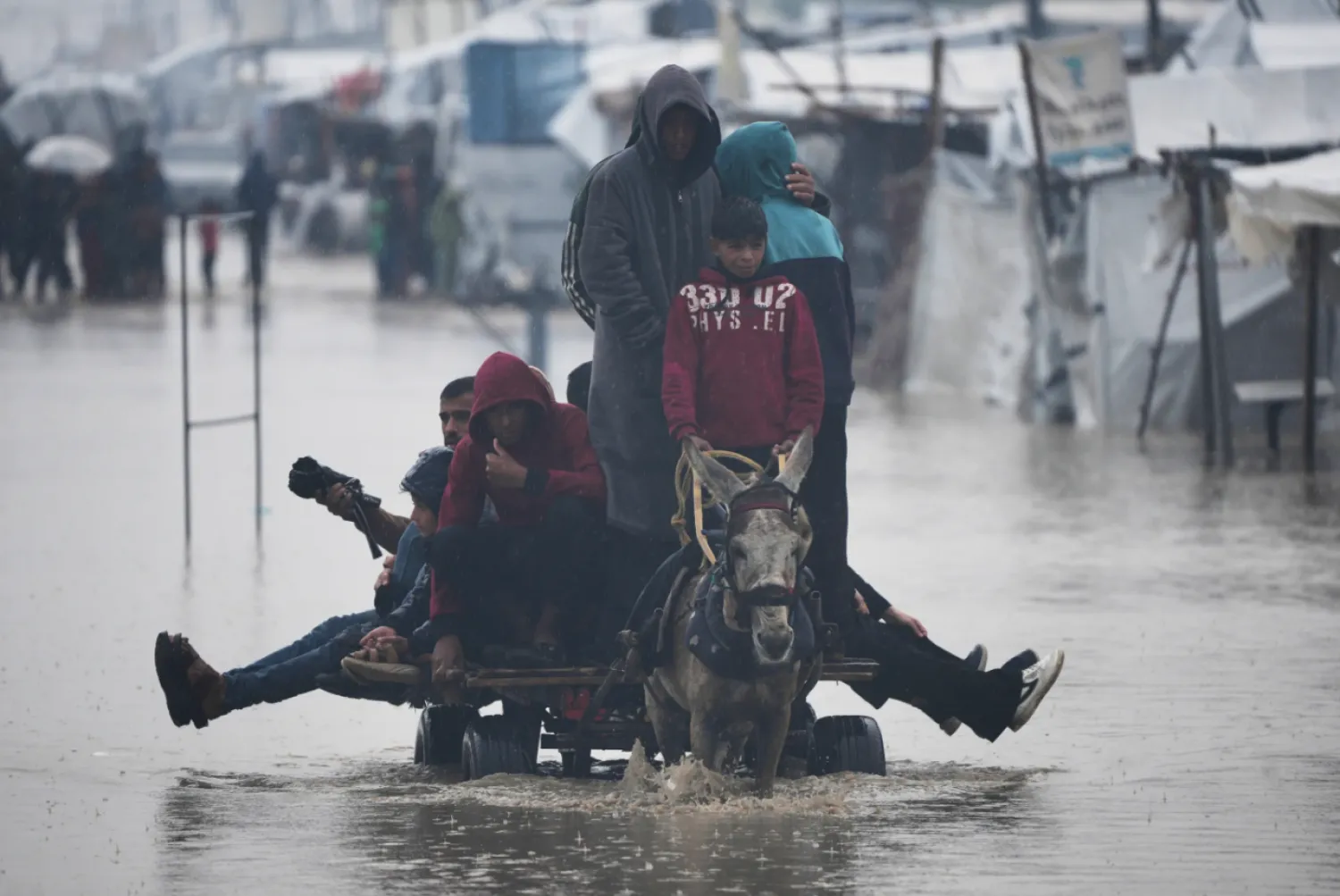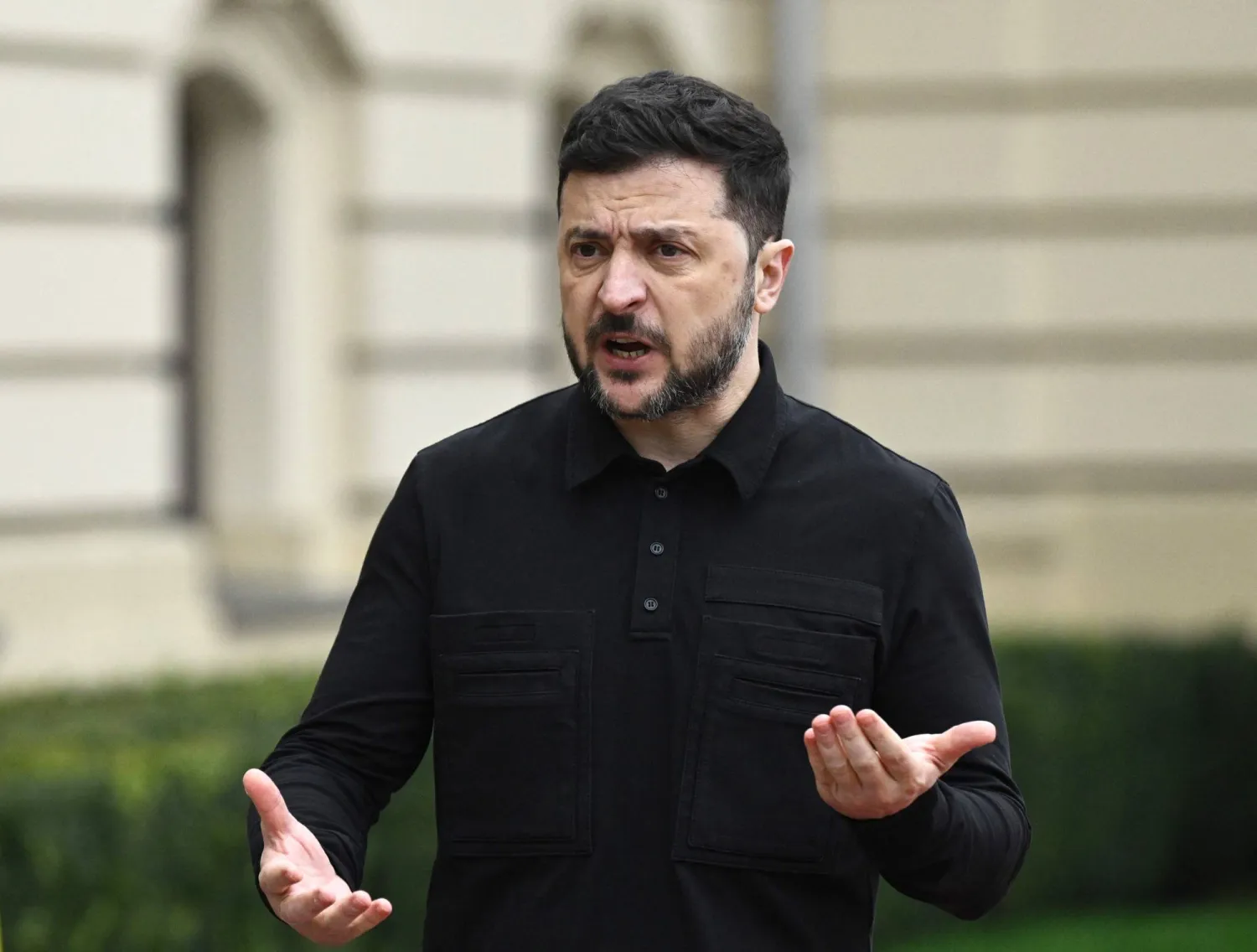The fate of Syria’s Idlib, or at least part of it, hinges on the summit between Russian President Vladimir Putin and Turkish President Recep Tayyip Erdogan in Sochi on September 29. The summit is taking place shortly after a summit between Putin and Syrian President Bashar Assad in Moscow and talks between Russian and American envoys last week.
Idlib is caught between contradictory demands and delicate balances of power.
Assad had initially succumbed to the Kremlin’s demand to maintain the current borders of zones of influence in Idlib, in place after a summit between Putin and Erdogan in March. He has now changed his tune, and is again pushing for the regime’s return to the northwestern province, which is the last opposition-held pocket in the country.
Damascus believes the time is right to capture the province, given its geopolitical reading of the American withdrawal from Afghanistan and the fact that Syria and the Middle East are not high on Joe Biden’s list of priorities. This has allowed greater room for regional initiatives. Damascus is also seeking to exploit Turkey’s current position that it perceives as being under pressure.
The Damascus regime has already exploited the abovementioned conditions by returning to the southern Daraa province, the “cradle of the revolution”. The regime has also received a boost from Jordan, whose monarch King Abdullah II has received backing for his proposals on restoring stability in southern Syria through combating terrorism and drugs smuggling. Amman was also party to the agreement on extending gas pipelines from Egypt to Lebanon that cross through Jordan and Syria.
Moreover, the recent dialogue in Geneva between the Russian and American envoys has revealed how low Syria has dropped on Washington’s list of priorities. Biden’s Syria team is solely concerned with offering humanitarian aid, preserving stability, securing a ceasefire and preventing the resurgence of ISIS.
In contrast, the former American administration believed that Idlib - even though it is held by the extremist Hayat Tahrir al-Sham (HTS) group - was a card that could be used to pressure Damascus and Moscow. Biden’s team sees little difference between the HTS and other extremist groups, such as al-Qaeda and ISIS. It believes that fighting these groups should be a priority after the Afghanistan pullout and has shifted its focus on fighting terror in Syria and Iraq. The latest American strike on the Idlib countryside and the assassination of a leading al-Qaeda member, who was unnamed, could be seen as a sign of this new shift in priorities.
Putin and Damascus see eye-to-eye over several issues in Syria. He believes that the deployment of foreign forces is a “main obstacle” in restoring the country’s sovereignty and kicking off reconstruction. He too has warned of “pockets of terrorism”. Putin has tested Russia’s influence by extending its control in the South and now, he is trying to test whether he can extend it to the North in Idlib, which explains why Moscow has intensified its air strikes there.
It has so far targeted a faction that is allied to Ankara, as well as cities and regions that it had never struck before. Moreover, Russian Foreign Minister Sergei Lavrov recently said that Turkey has not met it commitments in Idlib in line with an agreement reached last year.
Putin is therefore keen on using the Idlib and Europe-bound migrant cards to pressure Erdogan ahead of their meeting on Wednesday. Damascus, meanwhile, wants to implement the same deal it recently struck in Daraa in the North.
The agreement, reached between regional forces at the expense of Syrian parties, allowed Russia to reap greater influence in the country, while the US took a step back. It also adopted a somewhat lenient approach towards the opposition and, in a way, added to the 2018 deal that was already in place in the South.
However, there’s a major difference between the South and North: Turkey.
Turkish Defense Minister Hulusi Akar responded to Lavrov’s statements by claiming that Moscow was the one that had reneged on its commitments in Idlib. In contrast to Amman’s welcoming of “the Syrian government and Syrian Arab Army” to Daraa and reception of Syrian ministers, Ankara wants Moscow to prevent the return of the “regime and its militias” to Idlib.
Russia believes that Turkey has not met its pledges in northwestern Syria: it has not reopened the Aleppo-Latakia highway, set up safe zones on either side of it and deployed joint patrols there; and it has not fought terrorist groups and differentiated between them and the moderate ones.
On the other end, Ankara believes that Moscow has not met its commitments in two areas: it has not stopped its air strikes and shelling on Idlib and prevented a new wave of refugees from the area that is home to 4 million people; and it has not evacuated regime forces from points that were agreed upon.
Relations between Turkey and Russia go far beyond Idlib. Cooperation between them is ongoing east of the Euphrates River in spite of the rising tensions over Idlib.
Given the above complexities, officials have dug up an old proposal over Idlib that includes “exchanging” the area south of the Aleppo-Latakia highway with the Tall Rifaat area in the Aleppo countryside. In other words, paving the way for the return of government forces to the area south of the international highway in Idlib.
Opening the highway would in turn pave the way for reconstructions in the area. Moscow would meanwhile, give Ankara the green light to advance its allied factions to weaken the US-backed Kurdish Syrian Democratic Forces in northern Aleppo.
Another factor in the equation is Iraq’s attempts to arrange a meeting between Turkish intelligence chief, Hakan Fidan, and Syrian national security chief Ali Mamlouk. Hakan wants to “fight the Kurdistan Workers’ Party and its affiliates” east of the Euphrates, while Mamlouk wants to achieve a “breakthrough” in regards to the Turkish “occupation” in Idlib.
The second old proposal dug up by officials and placed on the Putin-Erdogan summit table is related to the Constitutional Committee. Russia and Turkey believe it to be the most important “achievement” of the Astana process they are party to with Iran. Putin and Erdogan may have their differences over Idlib, but they are in agreement over the breakthrough by United Nations envoy Geir Pedersen.
The breakthrough saw the government and opposition agree to a UN mechanism to kick off daily meetings between the heads of the government and opposition delegations to the committee when they meet in Geneva next month. They would work on drafting the principles of the constitution during the sixth round of committee talks.









